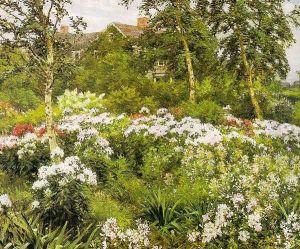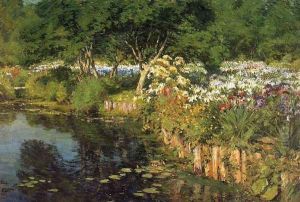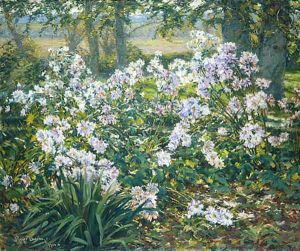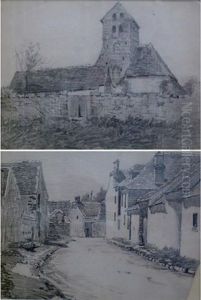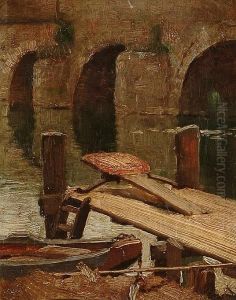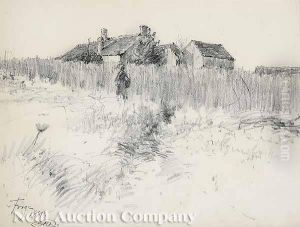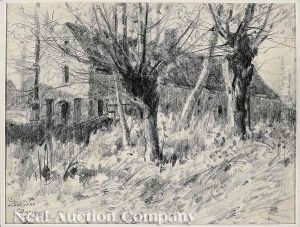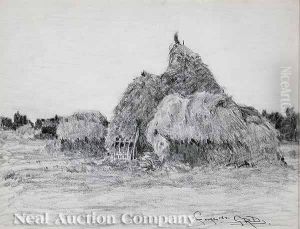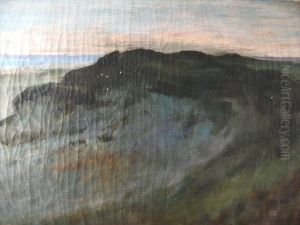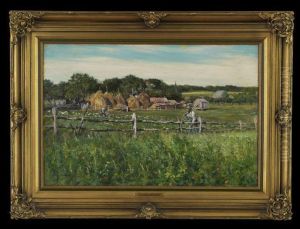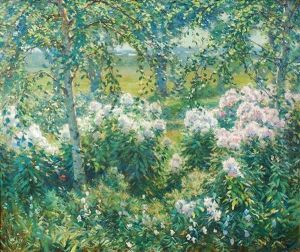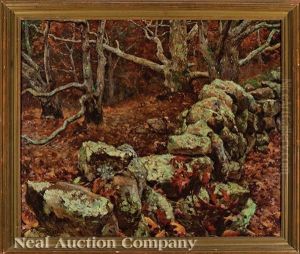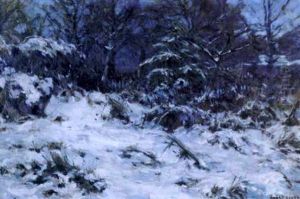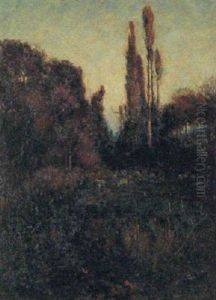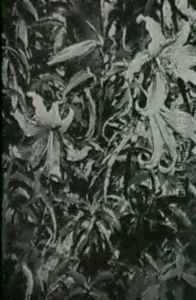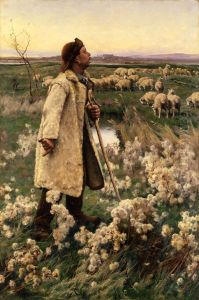Gaines Ruger Donoho Paintings
Gaines Ruger Donoho, an American painter, was born in Church Hill, Mississippi in 1857. A key figure in American Impressionism, Donoho is best known for his luminous landscapes and garden scenes that echo the gentle aesthetics of the movement. His artistic journey began under the guidance of his mother, who was his first teacher. Seeking to advance his art education, Donoho moved to New York City in the late 1870s where he enrolled at the National Academy of Design. His quest for knowledge took him across the Atlantic to Paris, where he studied at the prestigious École des Beaux-Arts under Jean-Léon Gérôme, a prominent figure in French academic painting.
Donoho's style began to evolve significantly after his exposure to the works of the French Impressionists. Inspired by their innovative use of light and color, he started to incorporate these elements into his own work, marking a departure from the more detailed and realistic approach he had previously employed. After returning to the United States, Donoho settled in East Hampton, New York, in the late 1880s, which became the backdrop for many of his celebrated works. The gardens and landscapes of East Hampton provided endless inspiration for Donoho, and his paintings from this period are characterized by vibrant colors, dynamic brushstrokes, and a deep sensitivity to the natural environment.
Despite his association with the American Impressionist movement, Donoho's work maintained a distinctive quality, often focusing on the intimate and serene aspects of his garden subjects. His paintings possess a dreamlike quality, with a soft palette and a harmonious blend of light and shadow that invite contemplation. Donoho's contributions to American art were recognized during his lifetime, and he was an active member of the art community, exhibiting with the Society of American Artists and the National Academy of Design, among others.
Gaines Ruger Donoho's legacy is that of a painter who beautifully captured the ephemeral qualities of light and color in the American landscape. He passed away in 1916, leaving behind a body of work that continues to be celebrated for its contribution to the Impressionist movement in America. His paintings are held in several prestigious collections and museums, serving as a testament to his skill and vision as an artist.
